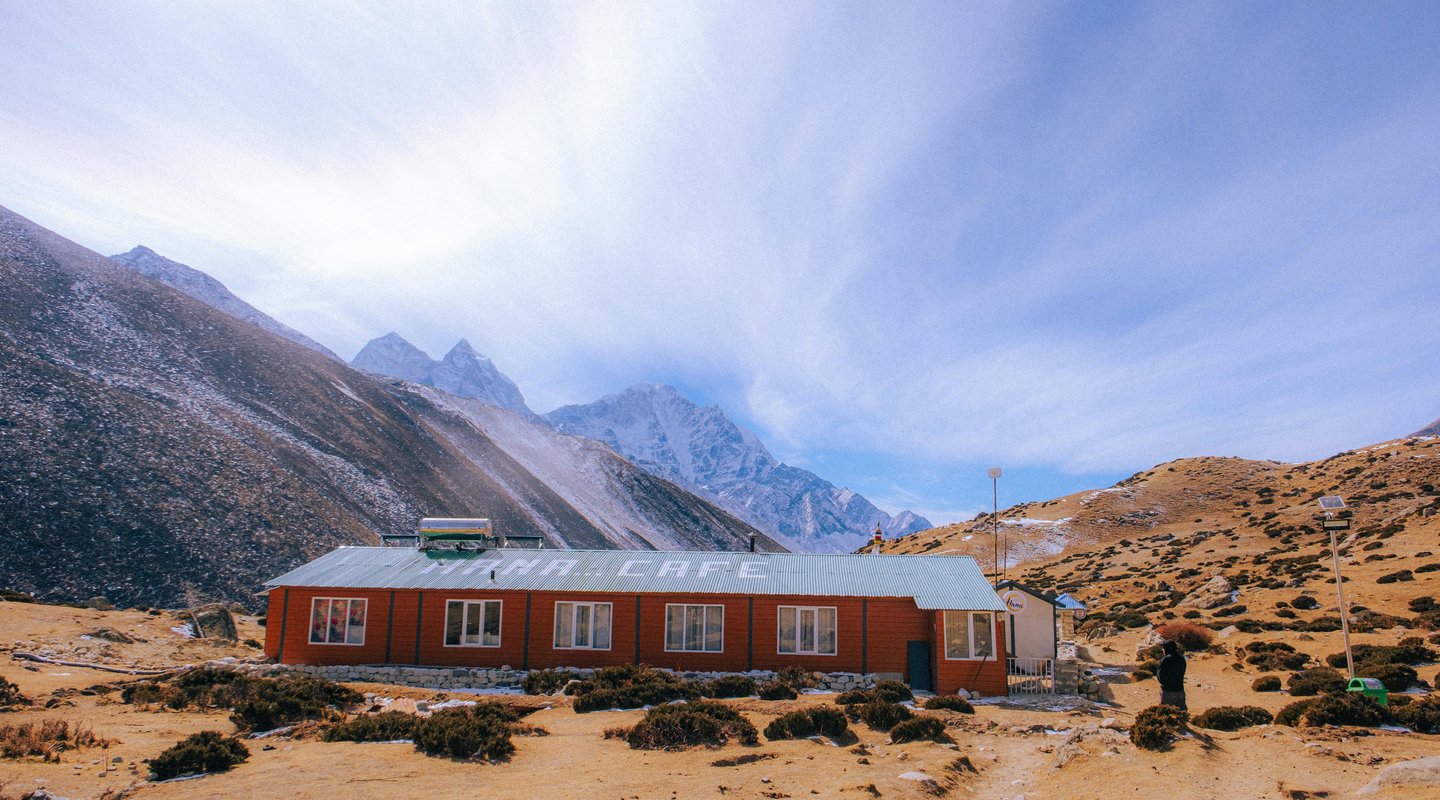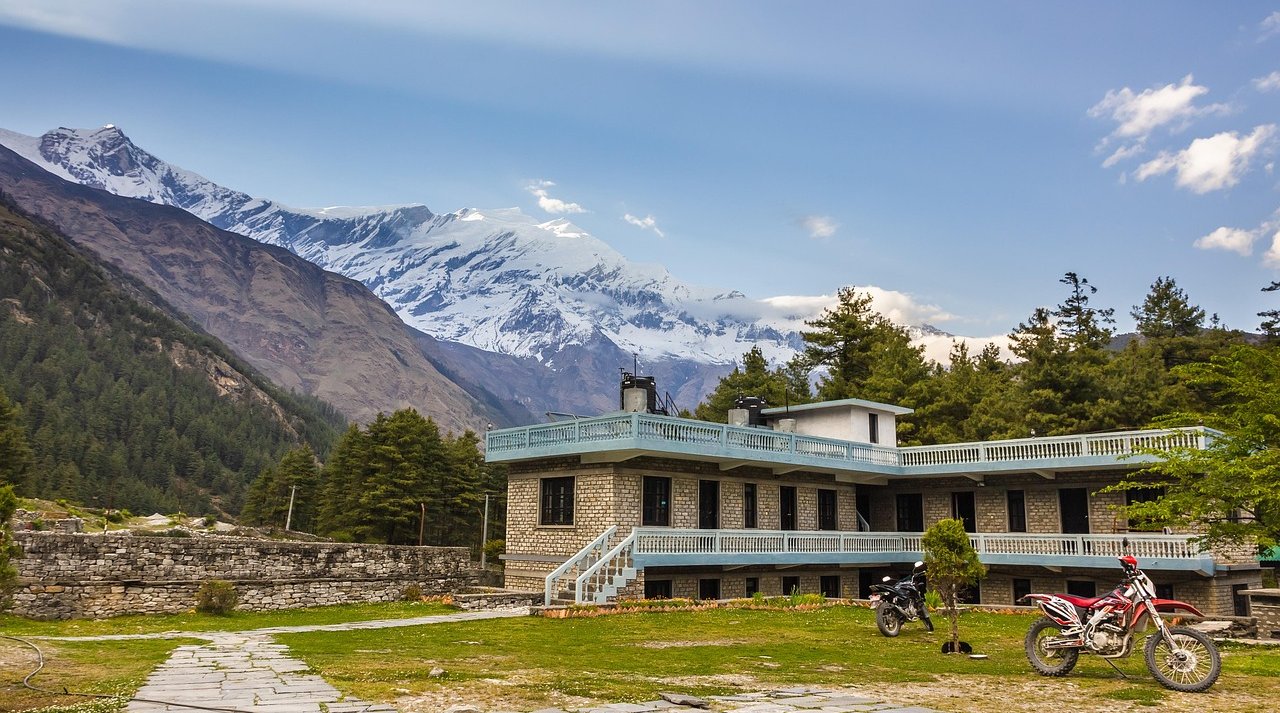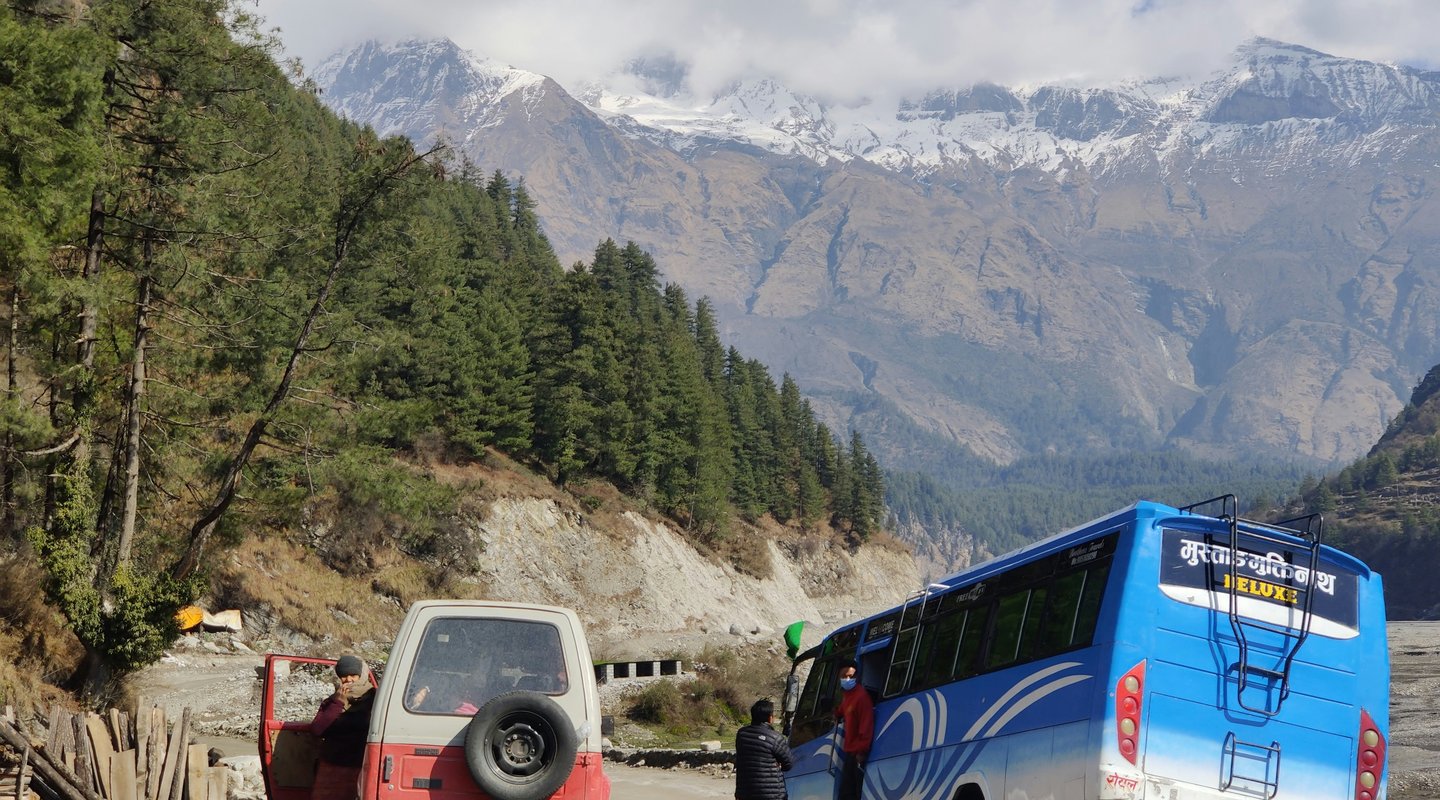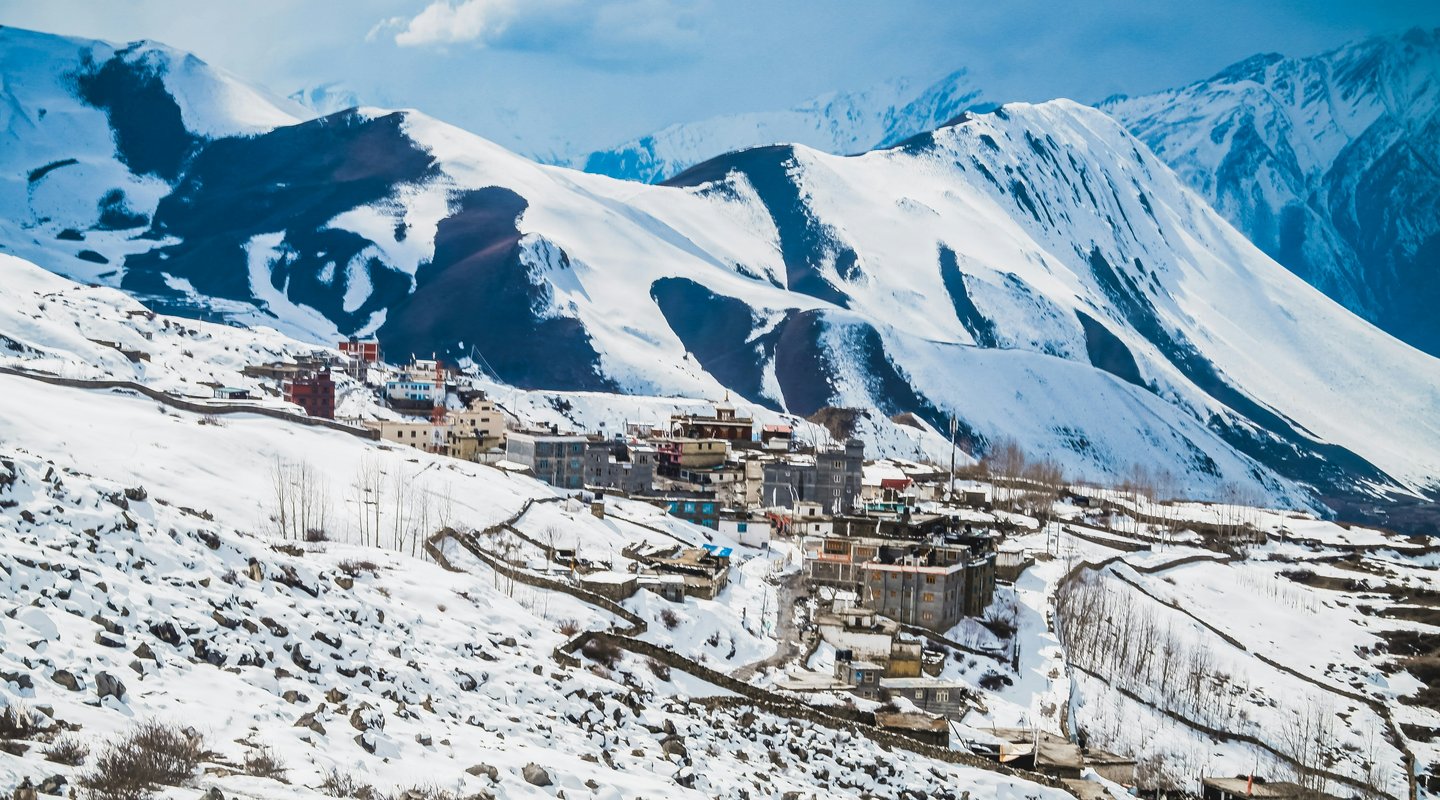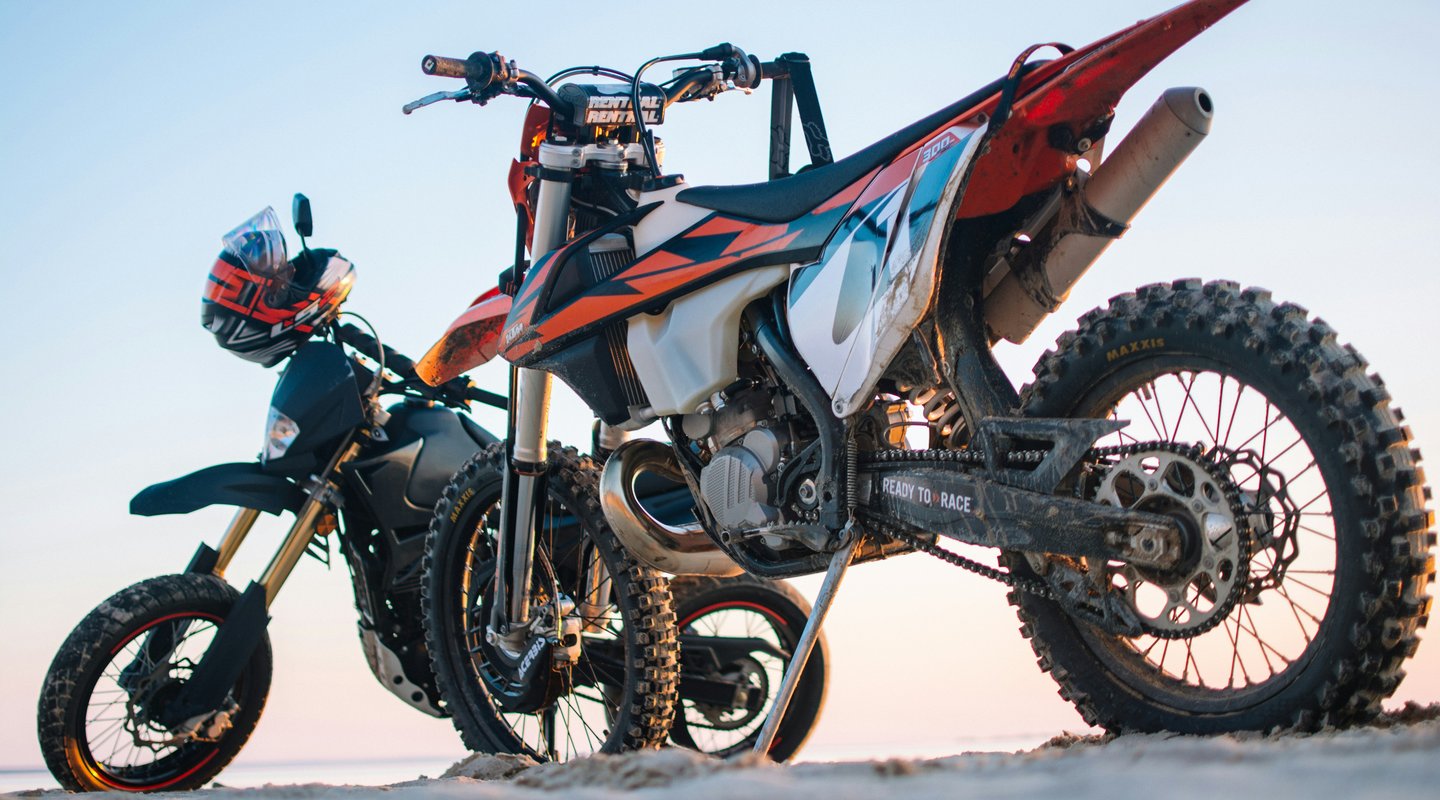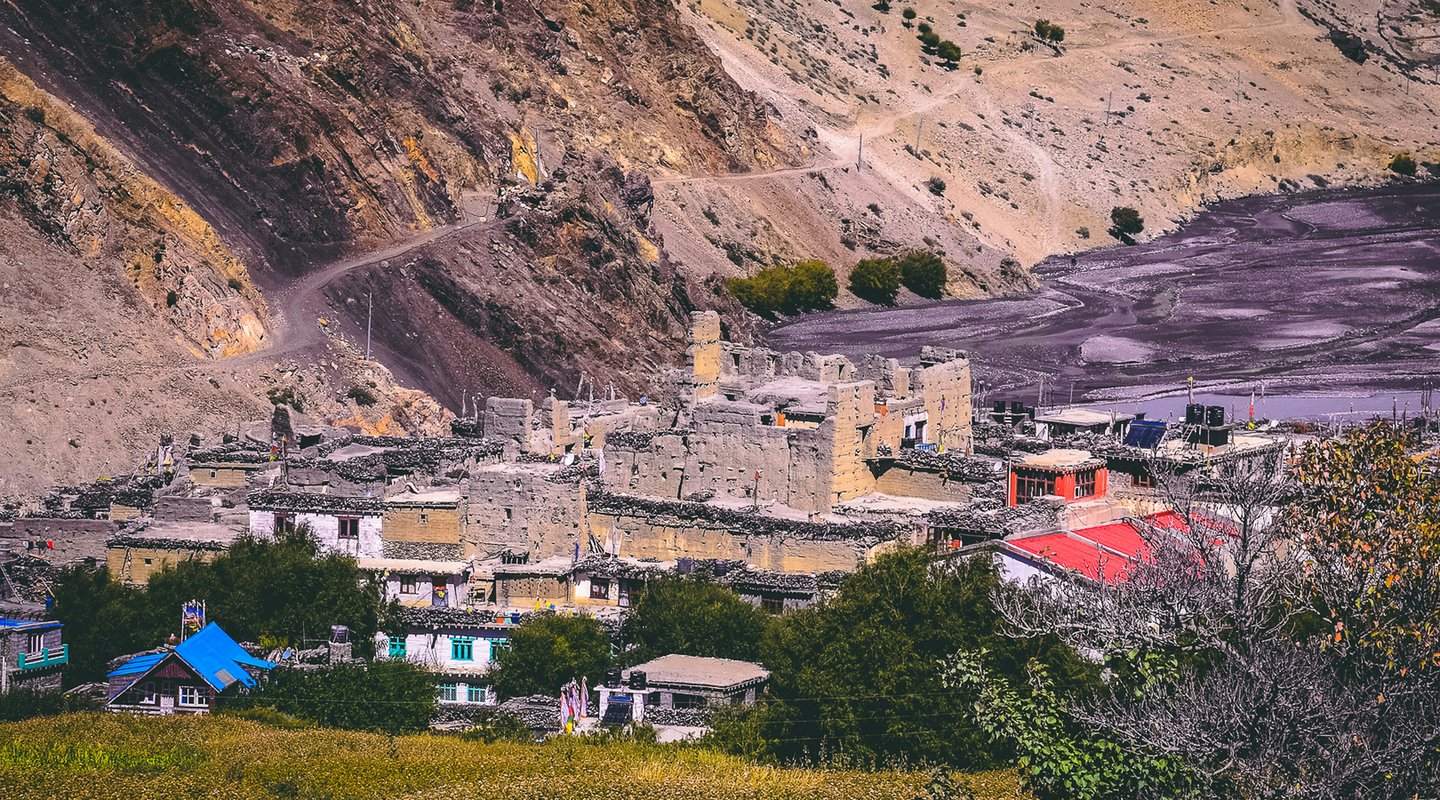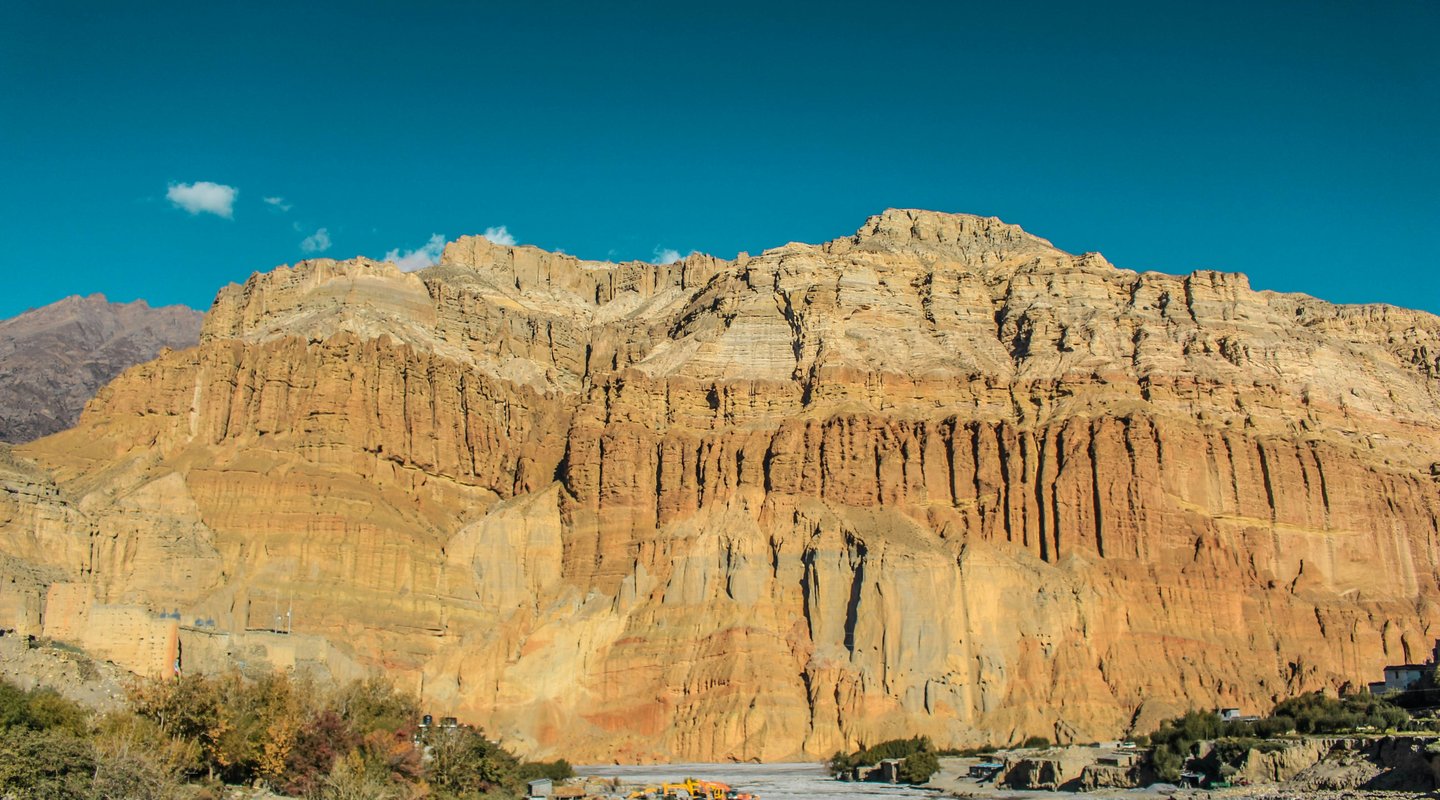Introduction
Have you ever wondered how a journey to one of the highest points on Earth could be both life-changing and financially manageable? Imagine trekking through rugged trails, where every step brings you closer to the legendary Everest Base Camp (EBC), all while keeping your expenses in check. What if you discovered that with proper planning, your dream trek could cost significantly less than you’d expect? In today’s data-driven guide, we break down every dollar—from permits and guides to flights and meals—so that even beginners can confidently budget for an unforgettable Himalayan adventure.
The Everest Base Camp trek cost typically ranges from $1,500 to $3,000 per person depending on factors such as travel style, season, and group size. With a systematic, step-by-step cost guide, Himalayan Hero Adventures is here to ensure you’re fully prepared for your expedition. Let’s dive into a comprehensive analysis of every cost element and provide practical tips to make your Everest Base Camp trek both affordable and memorable.
Understanding Everest Base Camp Trek and Its Cost Components
Before you embark on this epic journey, it’s crucial to understand what the Everest Base Camp trek entails—and, importantly, how the costs add up. The trek to Everest Base Camp isn’t just about the physical challenge; it’s also about smart budgeting and resource allocation.
What Is the Everest Base Camp Trek?
The Everest Base Camp trek is a world-renowned trekking route that takes adventurers through the heart of the Khumbu region in Nepal. You’ll traverse through quaint Sherpa villages, cross suspension bridges over roaring rivers, and gradually ascend to high-altitude landscapes where the majestic Mount Everest dominates the horizon. This trek offers not only breathtaking natural beauty but also a deep cultural experience as you encounter local traditions and lifestyles.
Step-by-Step Cost Guide for Everest Base Camp
Here, we break down the cost of trekking to Everest Base Camp into clear, manageable steps with practical tips and examples to help beginners plan effectively.
Step 1: Permits and Fees
What You Need:
- Sagarmatha National Park Permit: Required for trekking within the national park. For foreigners, this typically costs around NPR 3,000 (approximately $25).
- Khumbu Pasang Lhamu Rural Municipality Permit: Usually about NPR 2,000 (around $17) per person.
Total Estimated Permit Cost:
Approximately $42 per person.
Step 2: Guide and Porter Services
What You Need:
- Guide Fees: Generally range from $30 to $40 per day.
- Porter Fees: Typically between $20 to $30 per day.
Cost Calculation Example:
- For a 13-day trek (assuming 10 active trekking days):
- Guide Cost: $30/day × 10 days = $300 (up to $400 if opting for a higher rate).
- Porter Cost: $20/day × 10 days = $200 (up to $300 at a higher rate).
Total Estimated Cost for Guide and Porter:
Approximately $500 to $700 per person if you’re trekking solo; however, in a group, these costs are shared.
Step 3: Domestic Flights and Local Transportation
What You Need:
- Kathmandu to Lukla Flight: The gateway to your trek. One-way flights typically cost between $180 and $200.
- Round-Trip Cost: Budget approximately $400 per person.
Local Transfers: Additional transportation costs for transfers between airports and hotels in Kathmandu, usually around $20 to $40 total.
Step 4: Accommodation and Meals
What You Need:
- Teahouse Accommodation: On average, costs range from $5 to $10 per night.
- Meals: Typically $5 to $7 per meal if not included in your package.
Cost Calculation Example:
- For a 13-day trek with 12 nights on the trail:
- Accommodation Cost: $5–$10 × 12 nights = $60 to $120.
- Meals: If not provided in your package, for three meals per day over 13 days:
- Low estimate: 3 meals × $5 × 13 days = $195.
- High estimate: 3 meals × $7 × 13 days = $273.
Total Estimated Cost for Accommodation and Meals:
Approximately $255 to $393 per person.
Step 5: Gear and Equipment Costs
What You Need:
- Essential Gear: Trekking boots, clothing, sleeping bag, trekking poles, backpack, and headlamp.
- Options: You can either purchase these items or rent them in Kathmandu, particularly in the Thamel area.
Cost Estimates:
- Gear Rental: Typically ranges from $50 to $100 per person for a 13-day trek.
- Purchasing Gear: High-quality trekking gear might cost anywhere from $500 to $1,000 or more if you’re investing in long-term equipment.
Step 6: Miscellaneous and Contingency Expenses
What You Need:
- Travel Insurance: Essential for high-altitude trekking; typically costs between $100 and $150 per person.
- Incidentals: Snacks, Wi-Fi fees, laundry, and small personal items.
- Contingency Fund: Always allocate an extra 10–15% of your total budget for unforeseen expenses.
Cost Estimates:
- Miscellaneous Expenses: Approximately $50 to $70.
- Contingency: For a total estimated cost of $1,500, a 10% contingency would be an extra $150.
Everest Base Camp Trek Cost-Saving Tips
In addition to understanding the cost breakdown, here are some actionable tips to further manage and reduce your Everest Base Camp cost:
Research and Book in Advance
- Why: Booking flights, accommodations, and trekking packages in advance often results in lower prices.
- Tip: Use comparison websites and read reviews from trusted sources to secure the best deals.
- Example: Booking your domestic Lukla flight 3–4 months in advance can save you up to 10% on the ticket price.
Join a Group Trek
- Why: Sharing expenses with fellow trekkers significantly lowers individual costs for guides, porters, and even accommodation.
- Tip: Consider joining a group expedition organized by a reputable agency.
- Example: In a group of four, the cost for guide and porter services may drop by nearly 50% per person compared to trekking solo.
Opt for Local Rentals and Budget Accommodations
- Why: Renting gear in Kathmandu and choosing teahouse accommodations helps cut down costs without compromising on the trekking experience.
- Tip: Visit rental shops in Thamel, compare rates, and opt for budget-friendly options.
- Example: Renting a high-quality sleeping bag for $2 per day instead of buying one for $100 saves you significant upfront costs.
Pack Smart and Light
- Why: Overpacking increases the weight you carry, which may require hiring an extra porter, thereby raising your expenses.
- Tip: Make a detailed packing list and stick to essential items only.
- Example: Use lightweight, multi-functional clothing that can be layered to adapt to changing weather conditions, reducing the need for multiple bulky items.
Utilize a Detailed Budget Spreadsheet
- Why: Tracking your expenses before and during the trek ensures that you stay within your budget and can adjust for any unexpected costs.
- Tip: Use budgeting apps like Trail Wallet or a simple Excel spreadsheet to plan your spending.
- Example: Allocate separate columns for permits, guide fees, transportation, accommodations, meals, gear, and miscellaneous expenses, then update daily as you trek.
Purchase Travel Insurance
- Why: Although it might seem like an extra expense, travel insurance protects you from unforeseen events and can save you thousands in emergency costs.
- Tip: Choose a policy that specifically covers high-altitude trekking and potential helicopter evacuations.
- Example: An insurance policy costing $150 might cover a $1,000 helicopter rescue in case of an emergency.
Customizing Your Everest Base Camp trek Cost
Every trekker’s budget and requirements are different. Here’s how you can customize your Everest Base Camp cost to match your needs:
Determine Your Trekking Style
- Budget Trekker: If you’re looking to keep costs low, focus on essential expenses like basic permits, shared guide and porter services, teahouse accommodations, and local gear rentals.
- Mid-Range Trekker: Opt for slightly upgraded services—better accommodation, a more experienced guide, and occasional private transfers, while still being mindful of costs.
- Luxury Trekker: If comfort is a priority, consider packages that include premium teahouse stays, private guides, and additional amenities such as hot showers and gourmet meals. Keep in mind that these options will significantly raise your overall cost.
Consider the Season
- Peak Season (Spring and Autumn): Expect higher costs due to increased demand. However, the weather is typically more stable and scenic.
- Off-Peak Season (Summer and Winter): Prices may drop, but you might face challenges like heavy rain or extreme cold. Choose this option if you’re flexible and looking to save money.
Decide on Group Size
- Solo Travelers: Expect to pay full price for services. However, many agencies offer solo traveler discounts if you join a group trek.
- Group Travelers: Larger groups can share the costs of guides, porters, and accommodations, reducing the individual expense significantly.
Conclusion
The Everest Base Camp Trek is a dream for many, but achieving it without breaking the bank is entirely possible with the right planning and budgeting. This comprehensive guide has provided you with a detailed, step-by-step cost breakdown—from permits and domestic flights to accommodations, meals, and gear—ensuring that even beginners can confidently plan their Everest Base Camp Trek journey. With estimates ranging from $1,400 to $3,000 per person, you now have the data-driven insights and actionable tips necessary to manage your expenses while still experiencing the awe-inspiring beauty of the Himalayas.
Ready to turn your Everest Base Camp trek dream into reality?
Contact Himalayan Hero Adventures today to get personalized advice, customized trekking packages, and expert guidance every step of the way. Whether you’re a solo adventurer or planning to join a group, our team is dedicated to helping you achieve success on the trail.
Contact our expert team to customize your perfect Everest Base Camp experience:

